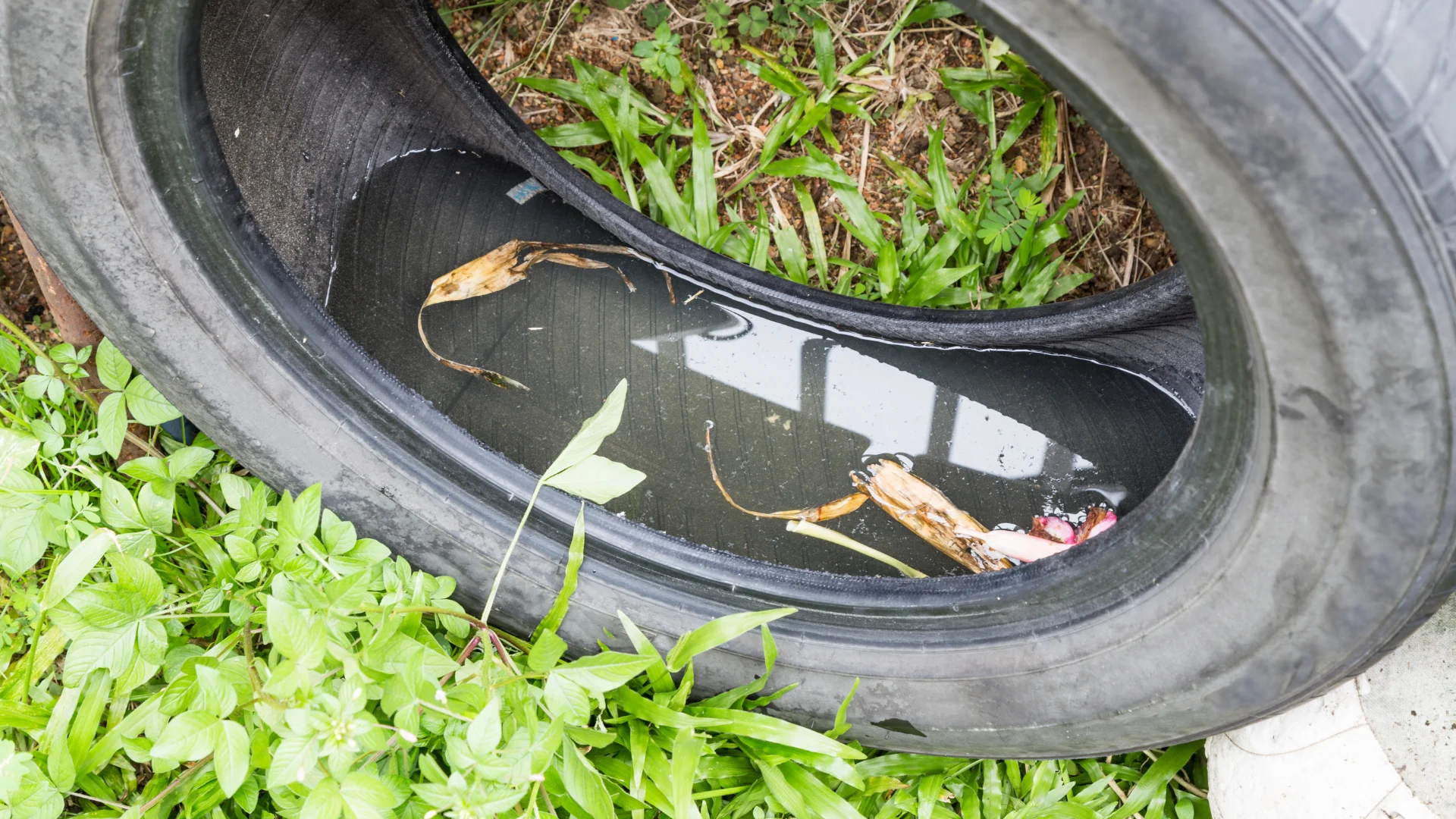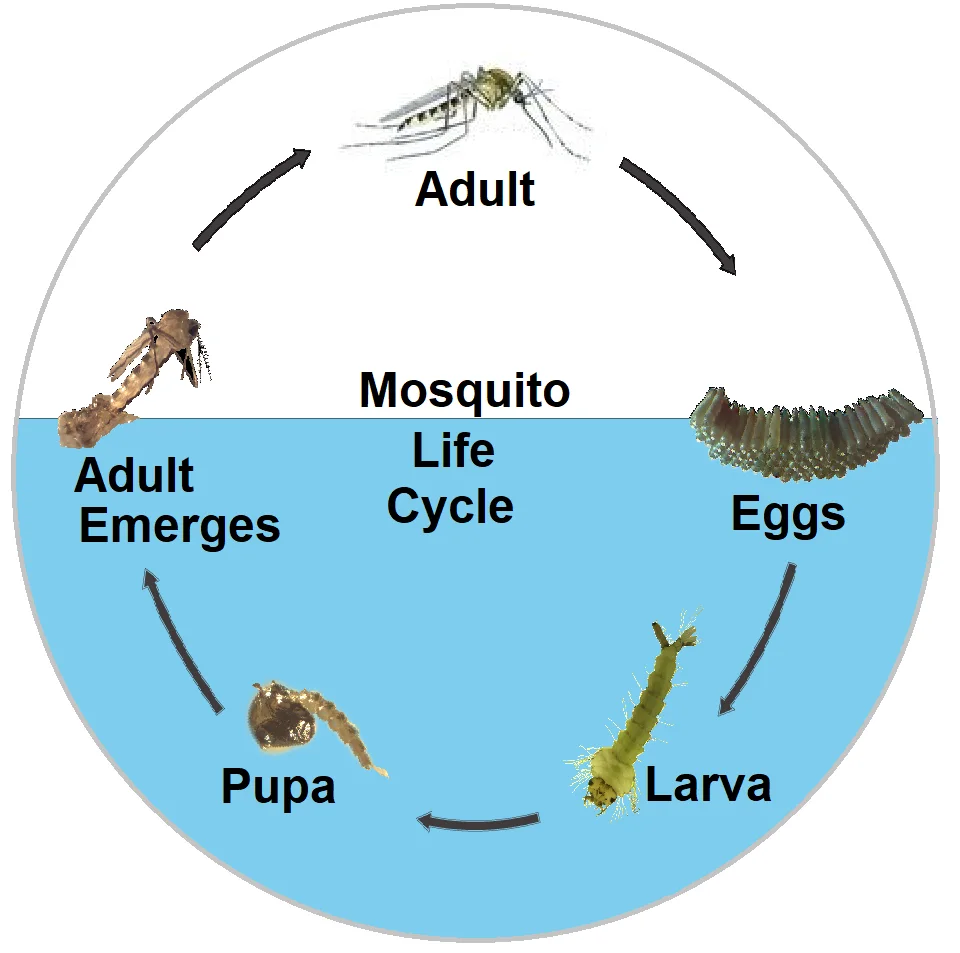
Did you know? Standing water on your property contributes to mosquito growth
Fortunately, there's an environmentally friendly and cost-effective solution
Mosquito season is in full swing and will remain that way until fall.
Thankfully, there is a low-cost, chemical-free way to reduce mosquito populations.
It's as easy as eliminating standing water on your property, a small act that significantly curtails the number of mosquitos buzzing around.
That's because eliminating standing water on your property disrupts the life cycle. Mosquitoes lay their eggs in standing water, and larvae (wrigglers) and pupae (tumblers) develop in water before emerging as adult mosquitoes. Without standing water, mosquitoes cannot complete their life cycle.
Estimates by the City of Winnipeg suggest that upwards of 50 per cent of the city's mosquito population comes from standing water on public property.
Mosquitoes are rapid reproducers, and can lay eggs in little as 0.6 centimetres. A single female mosquito lays between 100 and 400 eggs at a time, which will hatch in as little as 48 hours. They will become adults in 4-1 days, depending on the species, weather conditions, and available food.

The mosquito life cycle. (City of Calgary)
More than a nuisance internationally
In warmer climates, mosquito insects can be more than just a nuisance. Last month, the Centers for Disease Control and Prevention in the U.S. (CDC) issued a health advisory relating to an increased risk of dengue infections in the U.S. this year.
It's part of a trend being monitored internationally, with above-average dengue infections in 43 countries and territories in the Americas.
The mosquitoes that transmit dengue fever aren't found in Canada, thanks to our colder climate, but Health Canada estimates an average of 200-300 cases of imported dengue fever in the country annually, all from people who have visited areas where dengue virus is present.
WATCH BELOW: What bit me? How to identify insect and spider bites
Header image: File photo via Canva Pro.










